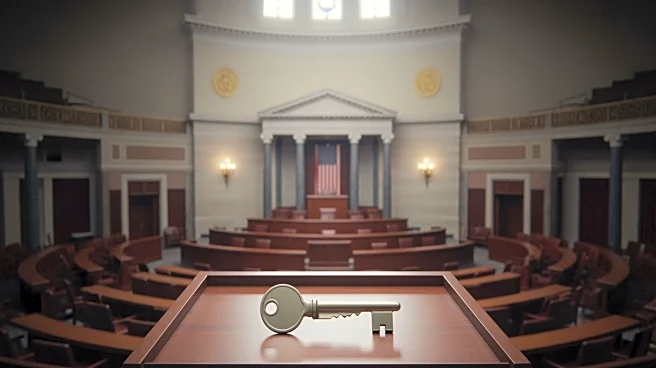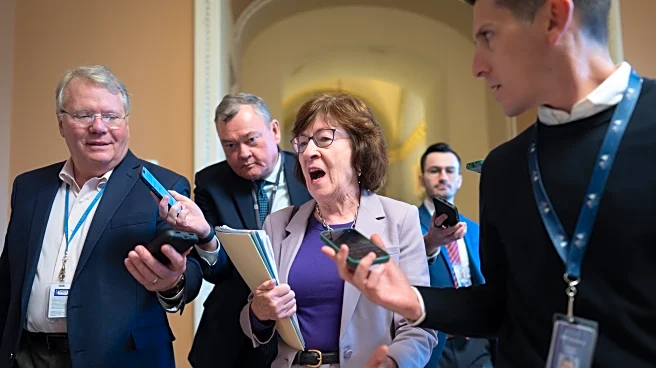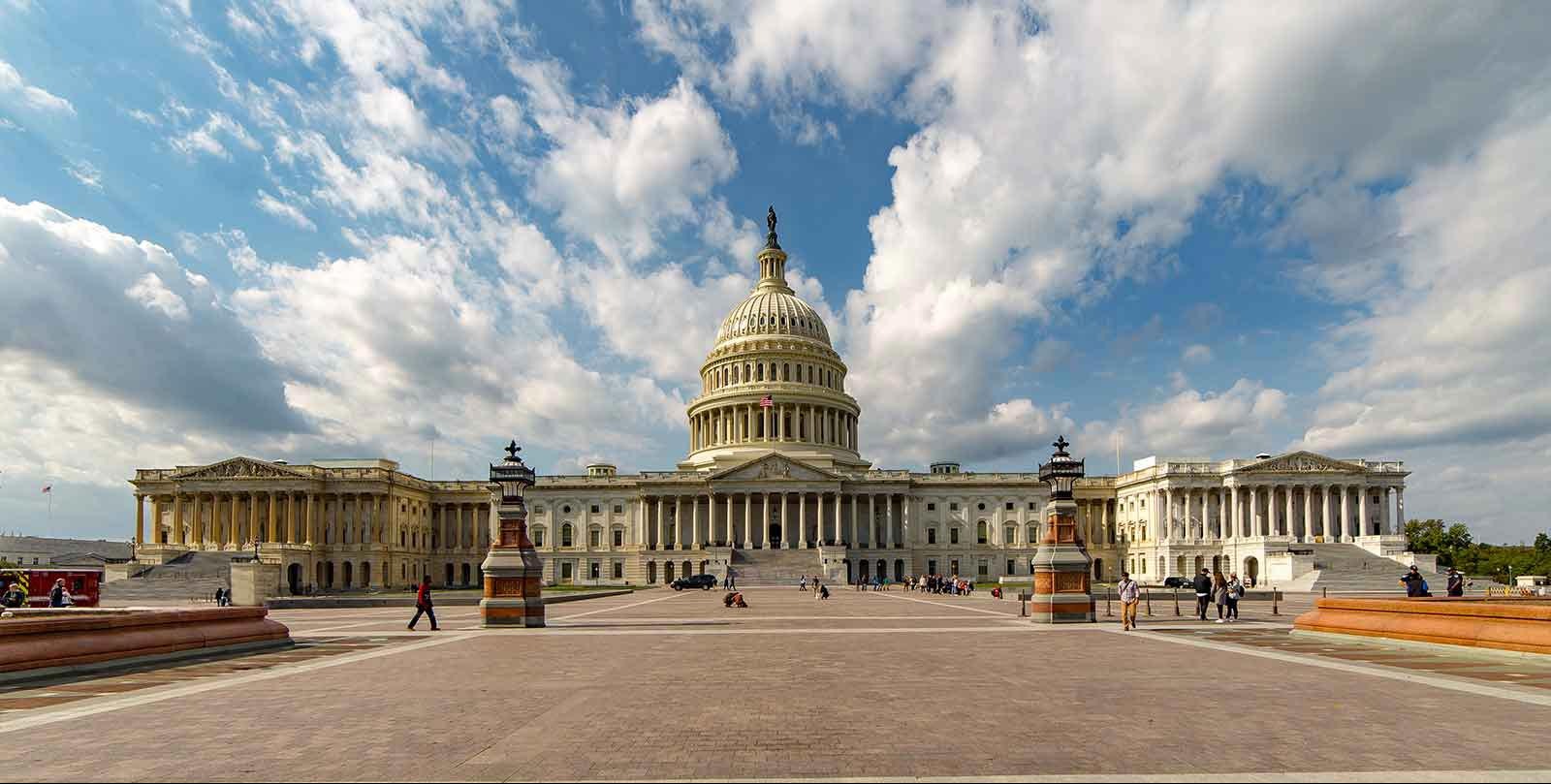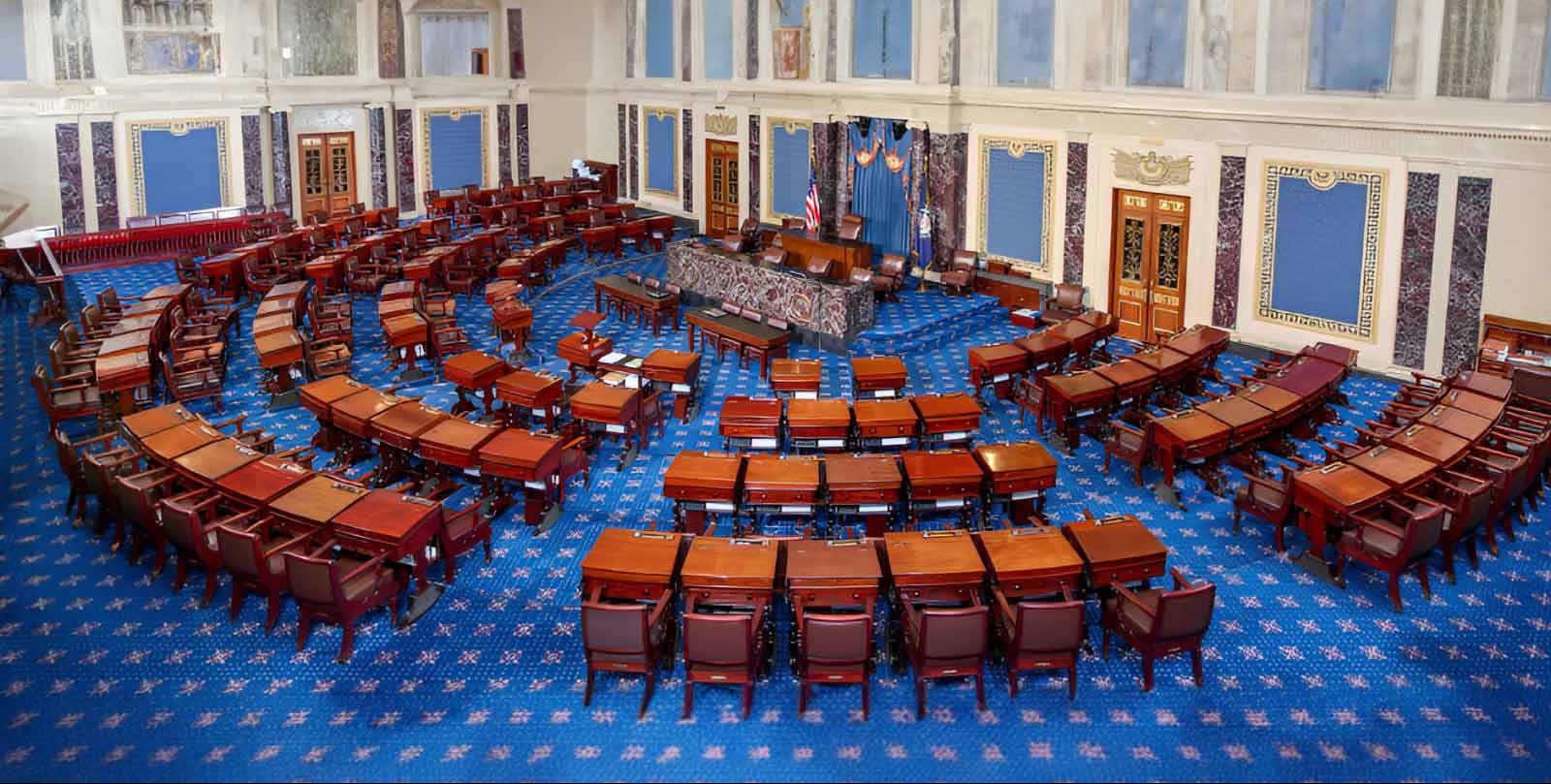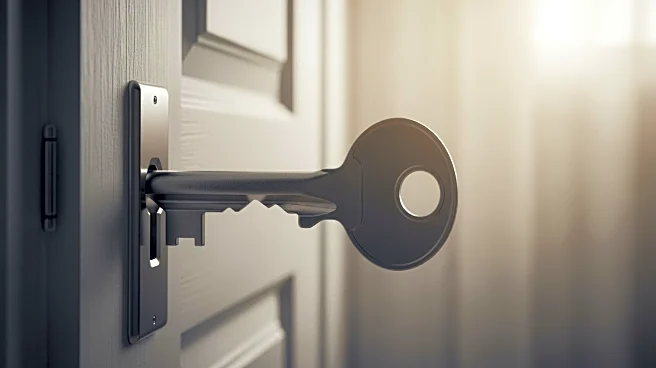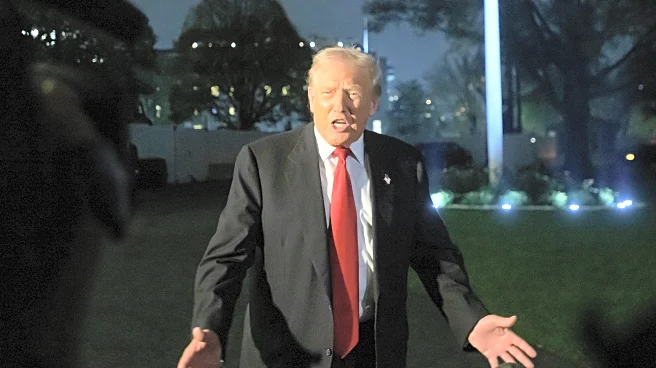What's Happening?
The U.S. House of Representatives is reconvening after a nearly two-month absence due to a government shutdown. The shutdown began after the House passed a funding measure in September, which stalled in the Senate.
A breakthrough occurred when Senate Democrats and Republicans reached a deal to end the shutdown, amending the House bill to include full-year appropriations and extending government funding until January 30. In exchange, Senate Republicans promised a vote on expiring tax credits that assist millions of Americans with health insurance costs. House Speaker Mike Johnson has faced criticism for the prolonged absence, with some members arguing that the shutdown could have ended sooner if the House had been in session.
Why It's Important?
The resolution of the government shutdown is crucial for maintaining government operations and preventing disruptions in services. The deal reached in the Senate highlights bipartisan efforts to address critical funding issues, including health care subsidies. The shutdown has caused significant delays and disruptions, including travel issues due to FAA staffing shortages. The reopening of the House allows for the resumption of legislative activities and the addressing of pending issues, such as the expiring health care subsidies. The situation underscores the challenges of maintaining party unity and navigating complex negotiations in a divided Congress.
What's Next?
The House is set to vote on the final version of the legislation to end the shutdown. Speaker Johnson will need to maintain party cohesion to ensure the bill's passage, with President Trump's support potentially aiding in this effort. The House will also need to address the expiring health care subsidies, which could lead to increased insurance premiums for millions of Americans. House Minority Leader Hakeem Jeffries is considering a discharge petition to force a vote on the issue, requiring bipartisan support.



